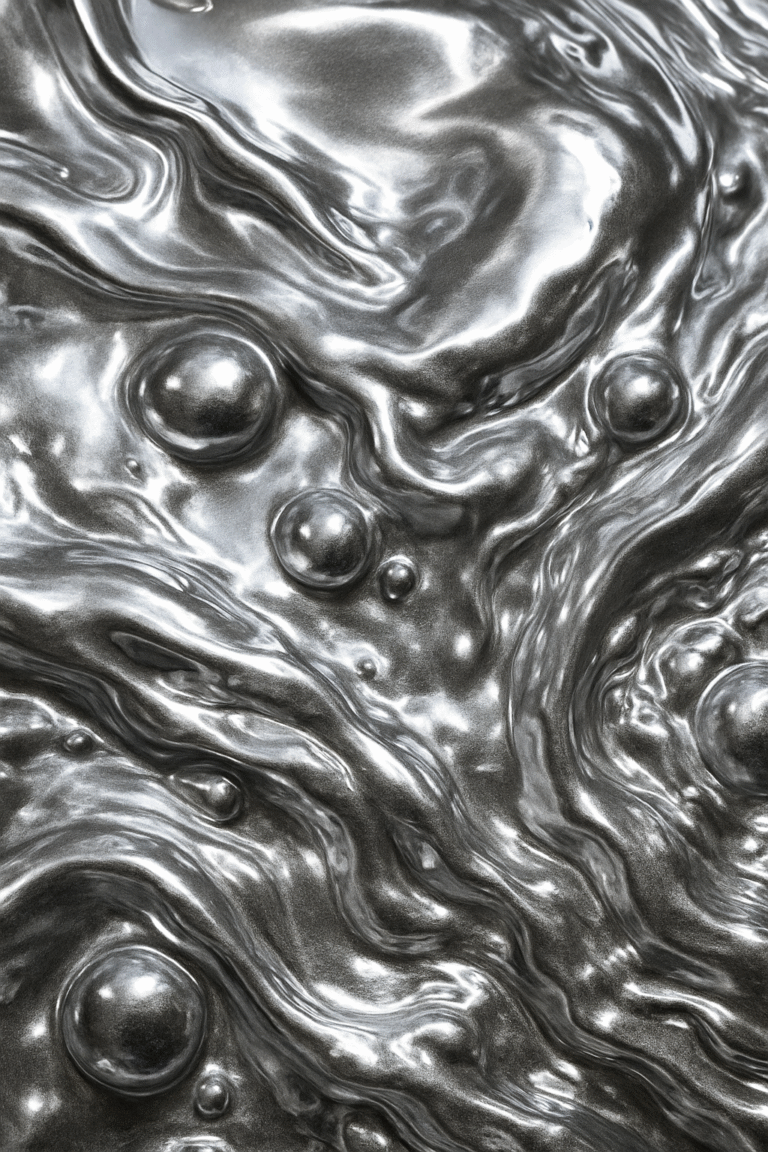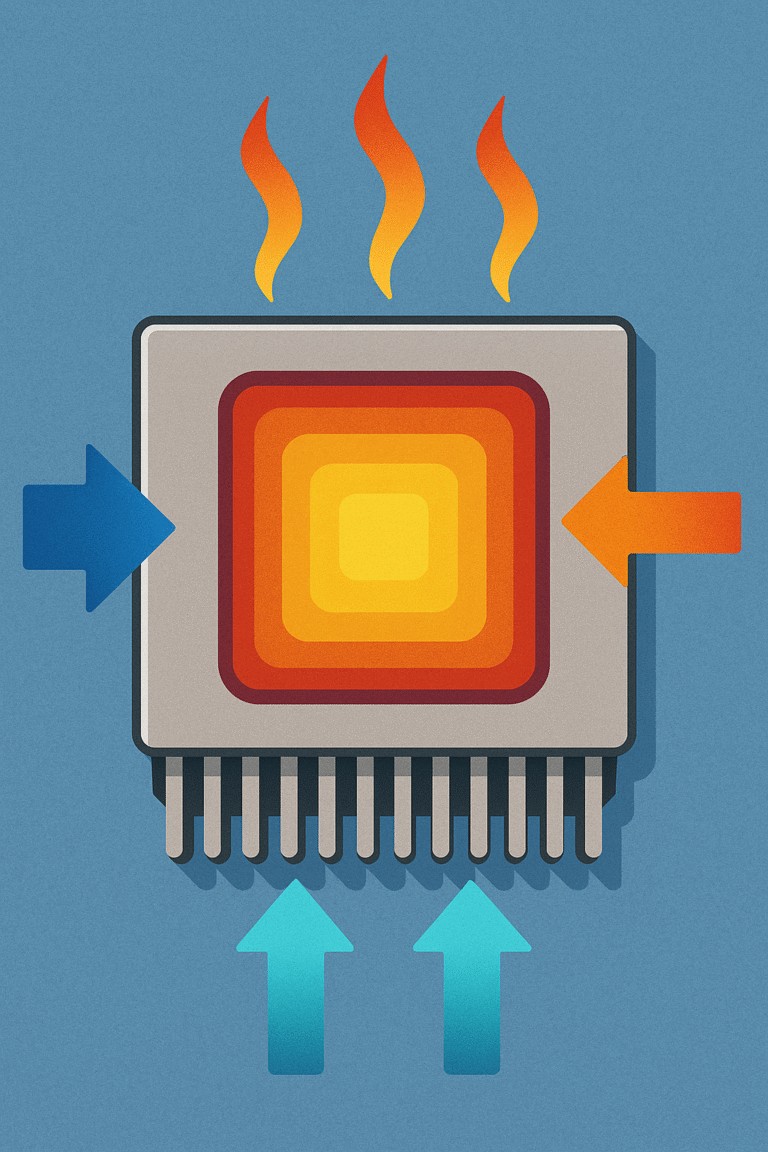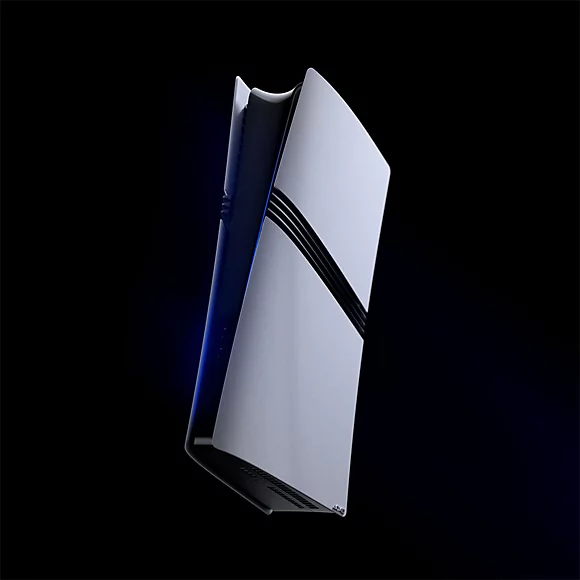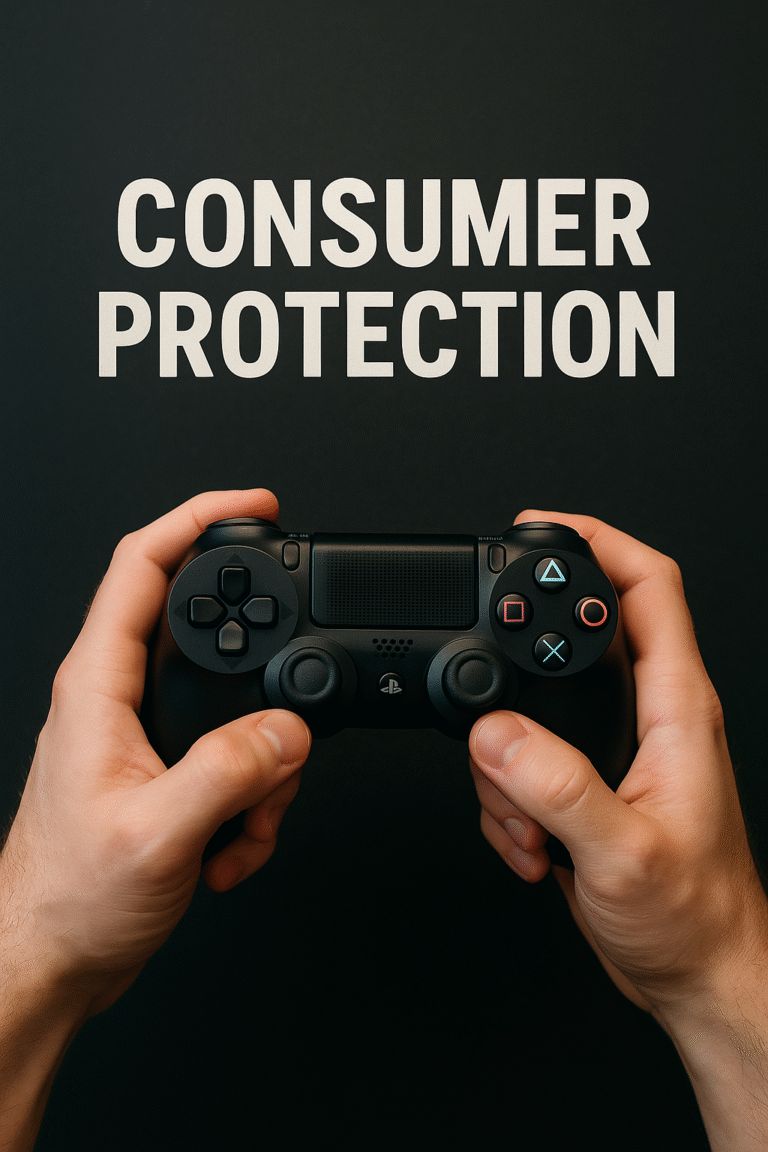Main Navigation Menu
© 2025 Tech Jacks Soutions, All Rights Reserved
© 2025 Tech Jacks Soutions, All Rights Reserved
PS5 liquid metal fix arrives through Sony’s CFI-2100 revision that addresses the original console’s catastrophic cooling system design flaw. New PS5 Slim model fixes issue that damaged some past models, implementing redesigned thermal management that prevents liquid metal leakage problems plaguing early PlayStation 5 units. The engineering correction represents Sony’s acknowledgment of systematic hardware failure while providing relief for consumers considering new PlayStation purchases.

Path of Titans developer warned that PS5 liquid metal issues could kill consoles within a few years, revealing Sony’s critical decision on thermal interface material that favored cost savings over reliability. The PS5 liquid metal fix is necessary because the original cooling design allowed conductive material to leak onto circuit boards, causing permanent hardware damage that led to performance drops and complete system failures. Reddit users documented widespread liquid metal leaks, especially affecting vertically-oriented consoles where gravity sped up thermal compound migration.
Community reports showed systematic design flaws where seal integrity failed under normal operation, creating ticking time bombs that could destroy expensive hardware unexpectedly. Sony’s initial use of liquid metal aimed to maximize thermal conductivity while reducing manufacturing costs compared to traditional thermal paste. This engineering gamble prioritized short-term performance over long-term reliability, leading to PS5 liquid metal fix requirements that should have been addressed before launch rather than years into the console’s lifecycle.
The vertical orientation problems particularly damaged Sony’s marketing image, where PlayStation 5 was shown standing upright despite design flaws that made this position harmful to hardware longevity. Corporate aesthetic priorities overruled engineering warnings about liquid metal migration risks in non-horizontal setups.

GameGPU analysis confirms the new PlayStation 5 CFI-2100 revision received liquid metal fix through redesigned cooling architecture that prevents thermal compound leakage regardless of console orientation. The PS5 liquid metal fix demonstrates Sony’s engineering competence when properly applied to consumer hardware reliability rather than cost optimization priorities.
Item4Gamer’s detailed breakdown explains PS5 CFI-2100 liquid metal cooling fix implementation including improved seal designs and containment systems that address original thermal interface material migration problems. The technical corrections prove Sony understood the engineering solutions required but chose not to implement them until consumer backlash and failure documentation forced corporate response.
T3 reports the all-new PS5 arrives with radical changes while older models receive discounts, creating market segmentation where informed consumers can purchase fixed hardware while clearing inventory of problematic original units. The pricing strategy acknowledges quality differences between revisions while enabling Sony to recover costs from flawed initial production runs.
The PS5 liquid metal fix is a true engineering improvement, not just a cosmetic update, tackling core thermal management issues that threatened the console’s lifespan. Sony’s decision to make significant hardware changes during the generation shows the company’s recognition that liquid metal problems needed urgent fixes beyond software updates or user advice.

Game Rant confirms PlayStation 5 Pro reportedly fixes PS5 design flaw through similar thermal management improvements implemented in premium hardware before reaching mainstream console revisions. The PS5 liquid metal fix timeline reveals Sony’s willingness to solve problems for $700 customers while delaying corrections for standard console owners who purchased flawed hardware years earlier.
The Pro model’s immediate liquid metal fix shows that Sony had engineering solutions ready before the CFI-2100 revisions became standard on the PlayStation 5. This delay in applying fixes indicates that the company prioritized the premium segment’s satisfaction over supporting the existing customer base, though the eventual widespread implementation should be acknowledged regardless of the timing.
Prioritizing high-end hardware for quick fixes is typical corporate behavior, where higher-margin products receive faster engineering and manufacturing responses. The eventual release of the liquid metal fix for standard consoles is a positive outcome, even if the timeline raises questions about Sony’s customer prioritization across different product tiers.

Twisted Voxel’s teardown reveals PS5 Slim 2100 model storage downgrade alongside internal revisions, demonstrating how cost recovery efforts accompany engineering improvements. The implementation of the PS5 liquid metal fix coincides with decreased internal storage capacity, resulting in a mixed value proposition where thermal reliability improvements balance out the loss of storage convenience.
TheSixthAxis reports Sony making PS5 Slim Digital Edition worse through specification downgrades that accompany thermal management corrections. The simultaneous improvements and reductions show how corporate strategy balances engineering fix costs with component savings to keep profit margins during mid-generation hardware updates.
The storage compromises are an acceptable trade-off when weighed against the risks of catastrophic liquid metal failures that could destroy the entire console. Consumers can expand storage with external solutions, while thermal system failures often require expensive hardware replacement or professional repairs that cost more than a storage upgrade.
Sony’s willingness to absorb some engineering costs while recovering others through component downgrades demonstrates pragmatic business approach that enables PS5 liquid metal fix implementation without dramatic price increases that would reduce mainstream console accessibility.

The availability of the PS5 liquid metal fix offers consumers informed purchasing choices, allowing them to specifically seek out CFI-2100 revision hardware while avoiding problematic earlier models. Sony’s transparency with model numbers helps protect customers by enabling educated hardware decisions rather than relying on chance-based quality outcomes for similar consoles.
Retail clearance prices for older models give budget-conscious buyers risk-aware options, where lower costs balance the potential for increased failures. This market segmentation respects customer choice and recognizes hardware differences that impact long-term satisfaction. Implementing the PS5 liquid metal fix without a recall shows Sony’s confidence that only a minority of units are affected severely, rather than indicating widespread failure that would require mandatory replacements.
This view might underestimate the true failure rate but helps avoid costly recalls that could hurt profits. Consumer advocacy benefits from vigilance, as Sony’s voluntary fix should be acknowledged and monitored to ensure the severity of the problem matches actual failure rates. These engineering corrections are positive developments that deserve fair praise rather than uncritical celebration.

The PS5 liquid metal fix saga highlights important industry lessons about prioritizing hardware reliability during product development. Sony’s experience shows that cost-cutting decisions that affect fundamental system longevity lead to costly mid-cycle repairs that outweigh initial manufacturing savings.
Thermal management is a critical engineering area where reliability should always take precedence over cost-cutting, regardless of manufacturing costs. The failure with the liquid metal implementation cost Sony more in reputation damage, customer service issues, and engineering revisions than proper initial design would have required.
Hardware manufacturers need to adopt rigorous testing protocols that simulate several years of operational conditions instead of focusing only on launch performance. Sony’s inability to foresee liquid metal migration problems indicates inadequate long-term reliability testing before mass production.
The industry benefits when companies share details of engineering failures to promote learning rather than hiding problems until customer complaints reveal them. Sony’s eventual openness about thermal management problems sets a positive example that should become standard in the industry, not just an exception.

Sony’s PS5 liquid metal fix notably does not include retroactive warranty extensions for owners of early hardware revisions with issues. This decision prioritizes cost savings over customer satisfaction, leaving affected console owners to cover repair costs or buy replacements despite manufacturing defects that cause early failures. The warranty policy highlights Sony’s focus on future hardware fixes while abandoning current owners who bought faulty products during initial production.
Industry best practices usually involve extended warranties or replacement programs when systematic design flaws are found, but Sony opted for a narrower approach. Competitors often offer extended service plans or discounted replacements, showing responsibility for defective products. Sony’s refusal to provide similar support lessens the benefits of the PS5 liquid metal fix for consumers already dealing with thermal issues.
This lack of warranty support turns a technical fix into an incomplete corporate response—Sony addresses future liability but ignores current customers affected by earlier design flaws. Consumer advocacy groups should urge Sony to implement retroactive support programs that match the severity of the thermal management issues documented.

The PS5 liquid metal fix marks Sony’s overdue engineering redemption, addressing a critical thermal management flaw that impacted the original PlayStation 5’s reliability. The CFI-2100 revision shows the company’s willingness to make significant hardware corrections mid-generation when consumer backlash and failure reports highlight that cost-cutting decisions compromised product quality. The initial liquid metal implementation prioritized manufacturing costs over hardware longevity, creating systematic failure risks that especially affected vertically-oriented consoles despite Sony’s marketing emphasis on this aesthetic. Engineering warnings about thermal compound migration apparently received insufficient attention during the original design phase, taking years of consumer complaints to prompt correction. Sony’s technical competence is evident in the CFI-2100 improvements, which demonstrate an understanding of proper thermal management but reveal that the company initially chose not to implement these solutions.
This approach respects customer intelligence while steering clear of costly recalls that could harm corporate profitability without necessarily serving consumer interests better than voluntary upgrades. The PS5 liquid metal fix stands as a genuine engineering improvement that tackles real hardware reliability issues, rather than superficial updates or minor optimizations.
Sony’s willingness to implement significant mid-generation corrections demonstrates corporate responsibility when consumer pressure creates sufficient motivation for meaningful quality enhancements. Savvy consumers should specifically look for CFI-2100 or later revisions when purchasing a PlayStation 5, steering clear of earlier models—even if they are discounted—since those carry increased failure risks. These engineering fixes enable confident hardware purchases that earlier PS5 buyers could not make without accepting thermal management uncertainties. Sony’s PS5 liquid metal fix exemplifies positive corporate responsibility and deserved recognition, even as we critically acknowledge the delays and prioritization of premium hardware.
